2024 REMNANTS OF THE PAST
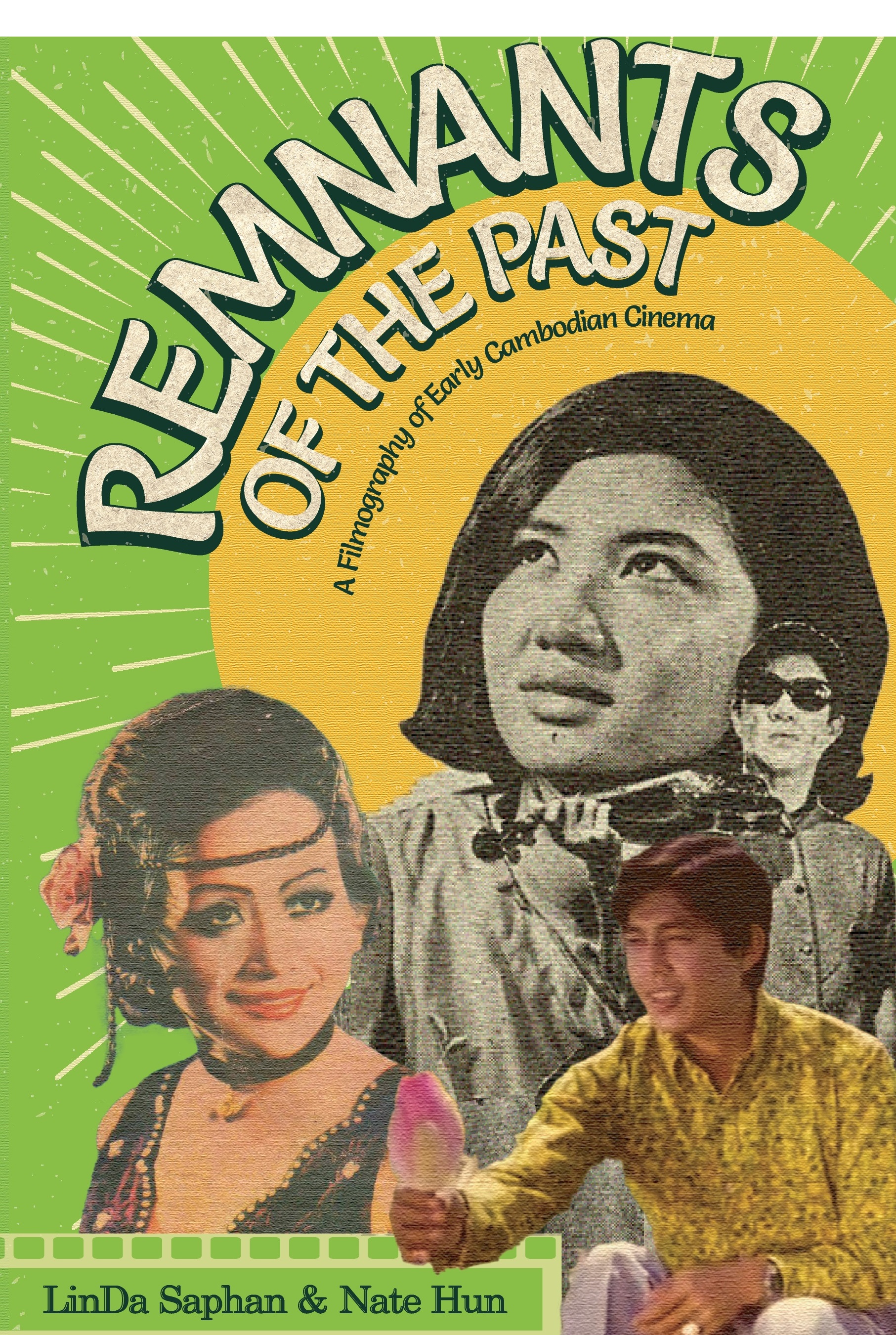
This filmography is a systematic survey of early Cambodian films that have survived to the modern era. The first Cambodian films were released in the late 1960s, and the industry continued to grow until 1975 when the Khmer Rouge forcibly emptied Phnom Penh and took control of the country. During this period, there were as many as 73 production companies with a total of 446 films made by 1975. Most of these films have been lost to us, and those that have survived have never been cataloged. This book will present information on the production, crew, cast, genre, songs, and central plot of the surviving films as well as insight into the history of the film reels and how or when they were digitized.
2022 FADED REELS
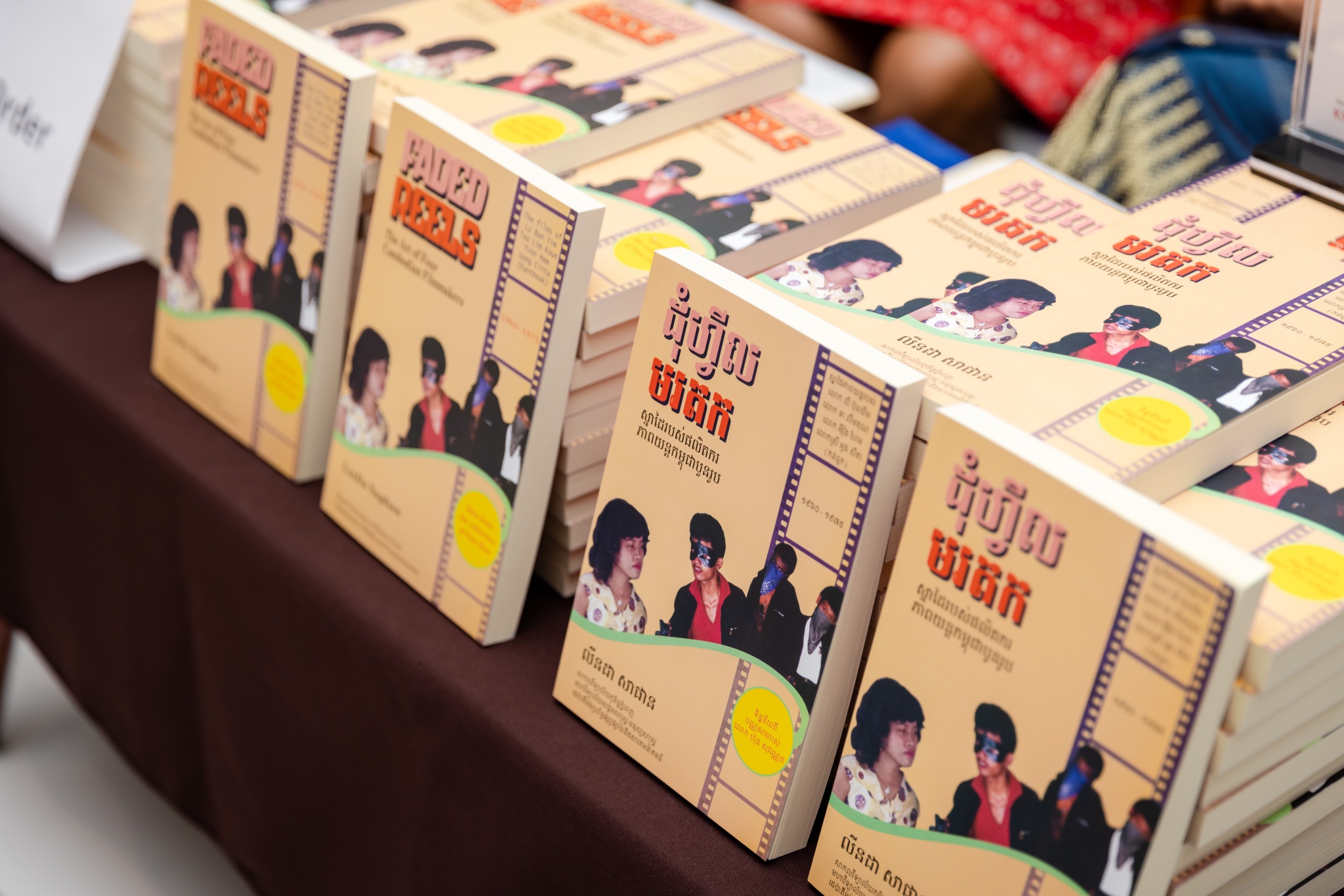
Faded Reels: The Art of Four Cambodian Filmmakers, 1960-1975 brings to light the essential contributions to world cinema made by Cambodia’s greatest prewar directors: Ly Bun Yim, Tea Lim Koun, Yvon Hem, and Uong Citta. With in-depth plot summaries, stunning screenshots, and discussions of 16 rare Cambodian films, this book gives readers access to a largely undocumented period of Southeast Asian film history. A delight for movie lovers and film scholars alike, Faded Reels includes detailed scene descriptions that feature the technical craftsmanship, innovation, complex storytelling, compelling characters, and beautiful cinematography of each director, while situating their biographies in the socio-cultural context of Cambodian history. Highlights include an exclusive interview with director Uong Citta, and chapters focusing on key films such as The Snake Man, The Twelve Sisters Story, Sovannahong, and Thavary Meas Bong. Extensively researched and artfully written, this book is a can’t-miss addition to the history of global cinema.
Learn more on Facebook
Available on Amazon
2010
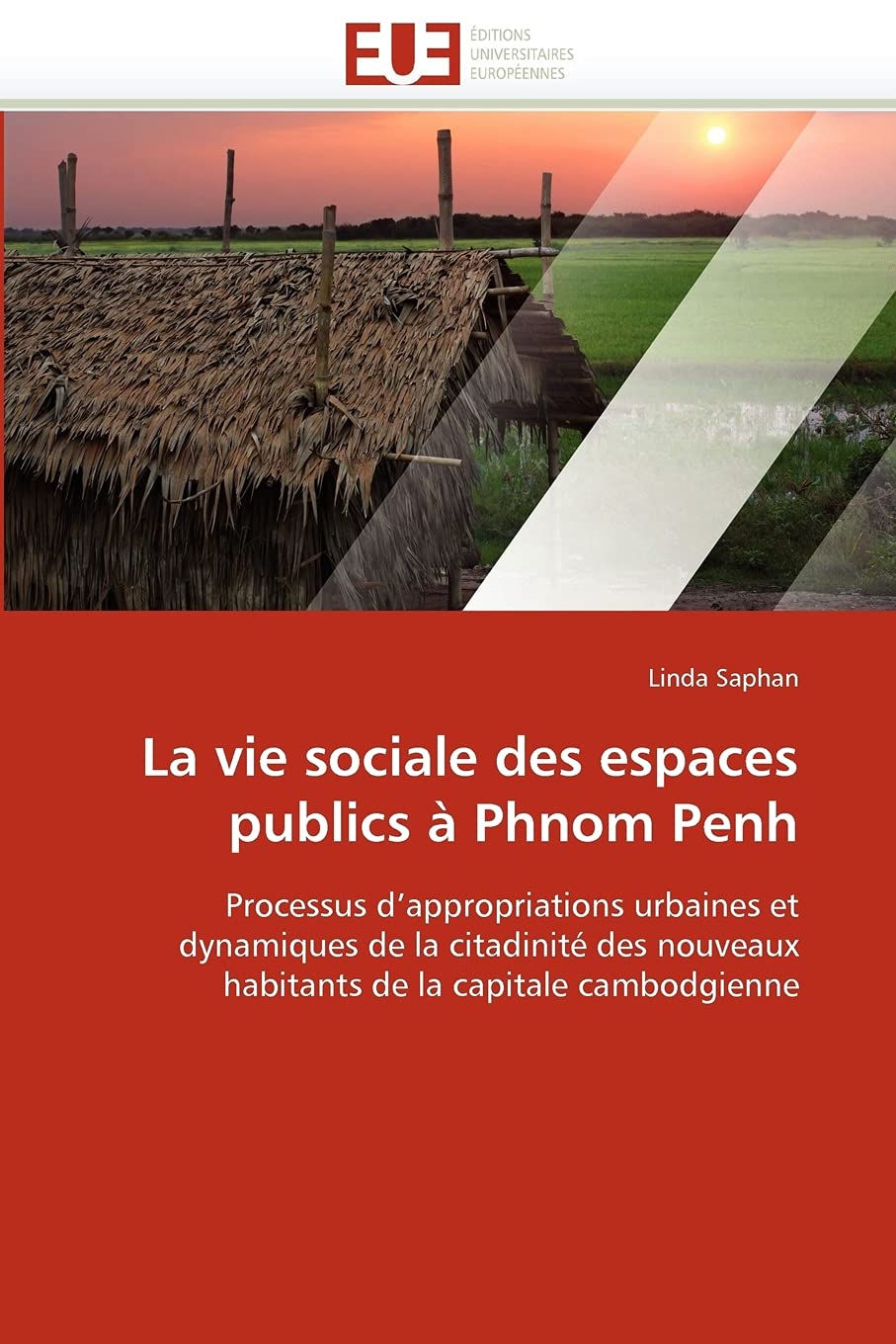
Après la période des Khmers rouges (1975-1979), la notion de propriété redevient une réalité et la consommation la principale pratique urbaine des nouveaux citadins. La vie sociale des rues de Phnom Penh est marquée par l’usage privé de son espace et par un affichage des signes extérieurs de richesse. Phnom Penh elle-même est en mouvement, son décor connaît de perpétuelles mutations. Le mouvement dans la ville, c’est celui aussi de milliers de jeunes à moto qui déambulent dans les rues de la capitale. Les espaces publics de Phnom Penh s’adaptent, se modulent et se transforment au gré des célébrations. Elle devient ville de loisir selon les différents jours de la semaine. Elle est ville des politiques qui la parent de drapeaux et elle est ville des citadins qui célèbrent ensemble les fêtes nationales. Le mouvement d’une ville, c’est aussi celui des migrations de population. Phnom Penh ayant connu un repeuplement récent, il importe de retracer la trajectoire des habitants de la capitale. Apprendre à vivre en ville, à connaître ou à apprivoiser la ville sont des compétences nécessaires dans la représentation de soi en tant citadin.
Available on Amazon
BOOK CHAPTER CONTRIBUTION
2022
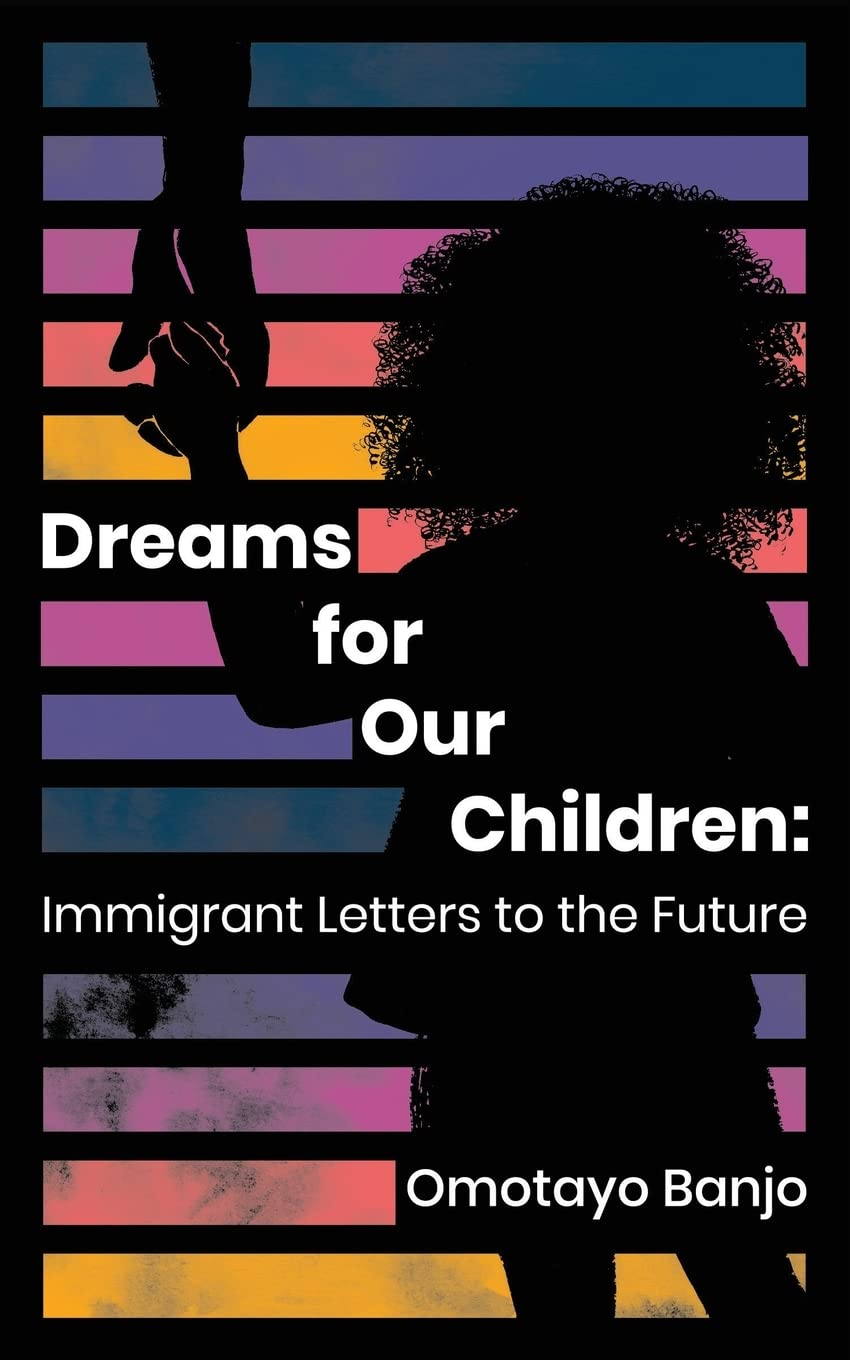
"I moved for a better life for my children."
For the first time, this common refrain in immigration stories is captured in an extraordinary way: through heartfelt letters from immigrants to their children.
Our children are why a loving parent does anything. They are why we work late or work multiple jobs. They are why we stay. They are why we leave. They are why we laugh. They are why we fear. They are our reasons.
Reflective, daring, inspiring, and heartfelt, this compilation of twenty letters represents perspectives from first- and second-generation immigrants from Mexico, Nigeria, Nepal, Jamaica, Taiwan, and more. In their letters, contributors consider the future they want for their children, draw from their experiences, and confess their hopes for their future.
Available on Amazon
2022
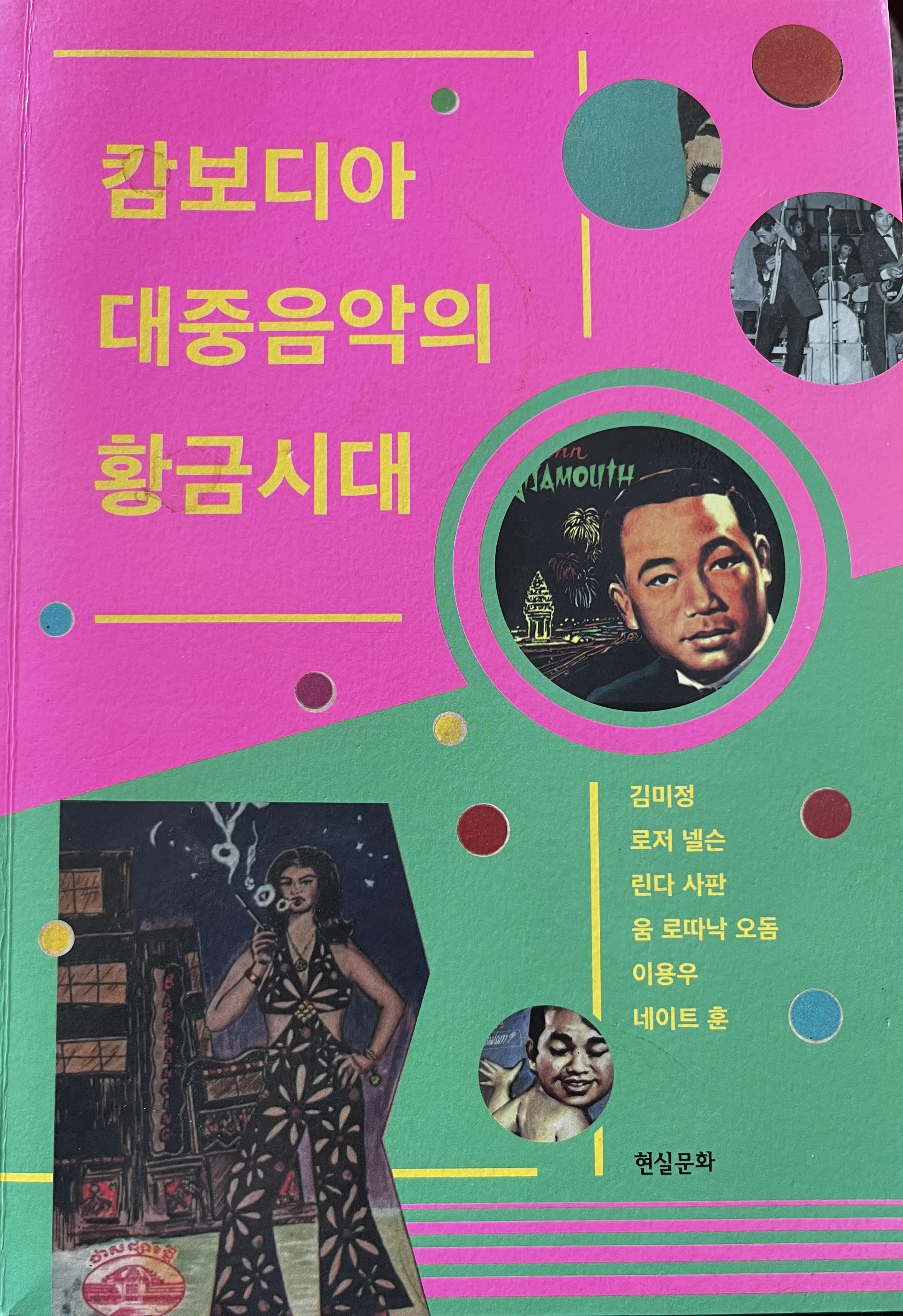
Popular and Political Songwriting in Cambodia: From Sihanouk’s Prewar Golden Age to Pol Pot’s Khmer Rouge by LinDa Saphan and Nate Hun
Abstract
Music has been prominent in daily life in Cambodia since ancient times. Following centuries of political turmoil and warfare, Cambodia experienced a brief period of peace, prosperity, and modernization under King Norodom Sihanouk in the 1950s and 1960s, leading to a flourishing of music in the form of romantic songs followed by the arrival of a Western/Cambodian mix of rock and roll. Ultimately the majority of modern musicians were killed by the Khmer Rouge for their “antirevolutionary” music. Since gaining independence from France in 1953, Cambodia has experienced a series of rapid political regime changes, each characterized by authoritarianism. Each regime, from Sihanouk to Lon Nol, the Khmer Rouge, and Hun Sen, used music for political purposes. This chapter examines the lyrics of popular and political Cambodian songs from the prewar era to the Khmer Rouge (1953–1979), to understand how music both reflected and shaped changing sociopolitical currents.
Available in Korea
2017 Asian Popular Music History

Cambodian Popular Musical Influences from the 1950s to the Present Day
Abstract
With Cambodia’s independence from France in 1953, musicians and artists sought new forms of creative expression. Music particularly flourished during the new era of modernity that spread quickly over the country, especially in Phnom Penh. Musicians and songwriters did not reject everything they had learned from traditional Khmer music, nor did they fully embrace Western musical imports. Rather, composers, songwriters, and singers crafted a hybrid music culture by mixing the best of all the genres drawn from a variety of local, national, and international influences, referred to as transculturation. Cambodia’s post independence musicians were not interested in favoring one national musical influence over another, but simply in creating great tunes and lyrics. Many of them did not speak French, English, or any regional Asian languages outside Cambodia, but the new sounds resonated with them and they imagined unique ways of remixing and rewriting the foreign sounds in their own style.